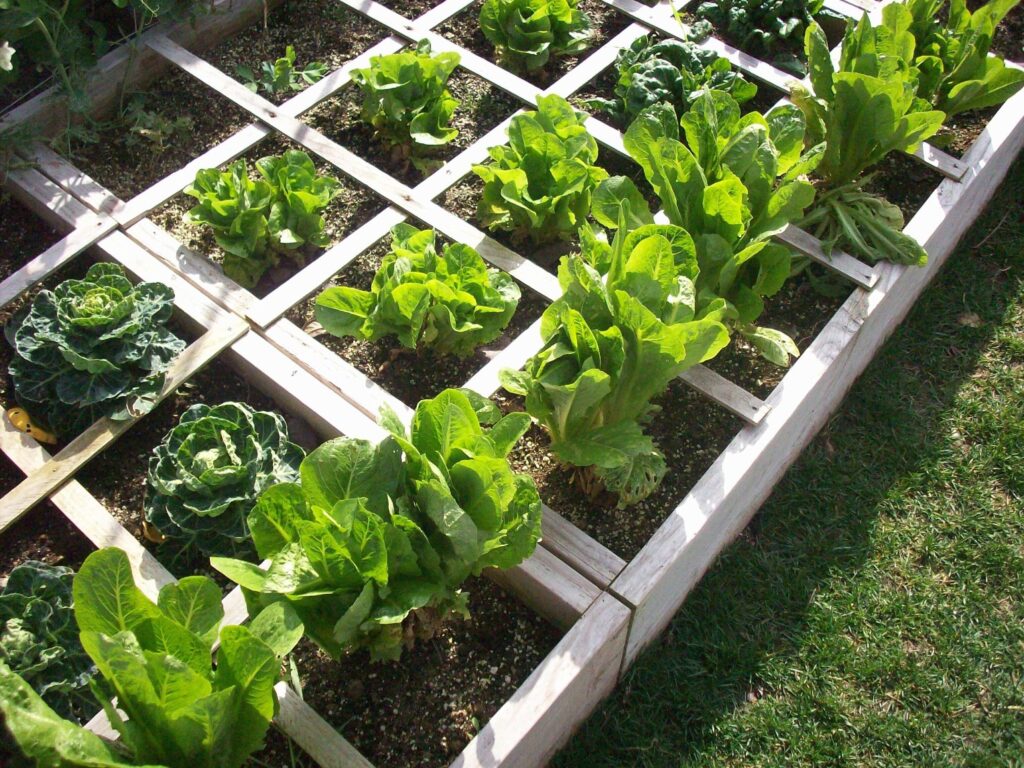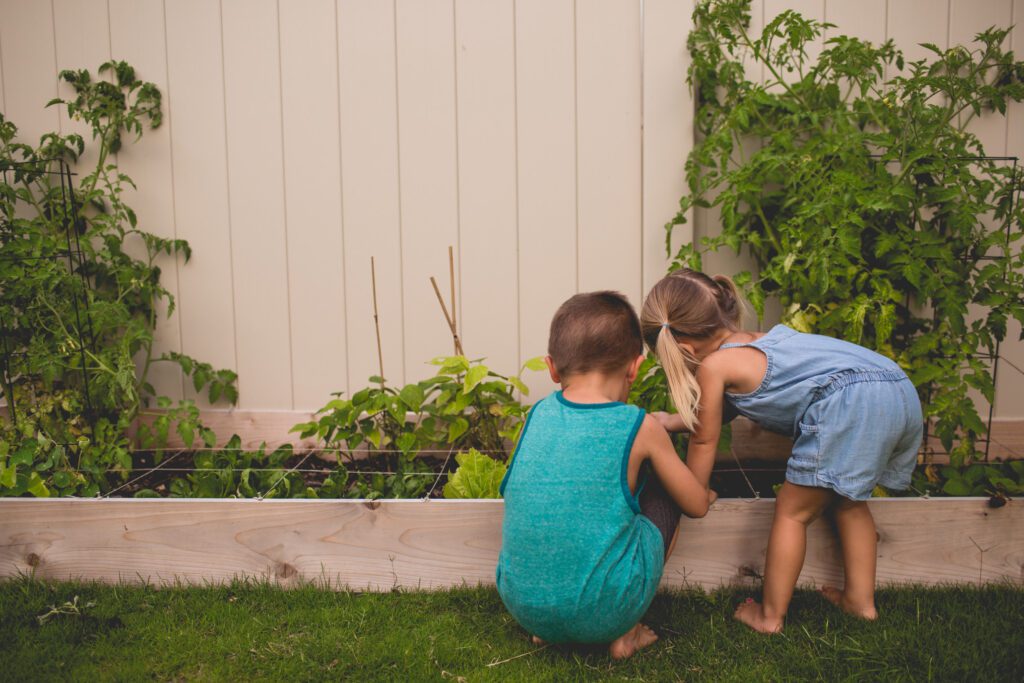The clean taste of vegetables unscathed by chemicals and grown in healthy soil is food in its finest form, and homegrown greens ripe for picking produces a taste and freshness that many of us have yet to experience.
Unfortunately, the perception of growing your own food intimidates many people, and several often wonder if they have the time, space, and tenacity to complete the task. Growing your own greens is shockingly simple, and no matter where you live, a bit of recycled plastic and some sunshine or fluorescent lights are all you’ll need to have the garden of greens you’ve always wanted all year long.
The Type of Greens You Can Successfully Grow
The first step in the growing process is to pick out the type of greens that you want to grow and that you can grow. Choices are plentiful in this category, and any green that you might come across in a salad will likely be the right choice. A few promising loose leaf lettuce options consist of green ice, red sails, lollo rosso, deer tongue, and ruby. Leafy herbs also grow well indoors, and other salad specialties such as spinach, chard, and arugula work well in home gardens.

When it Comes Time to Plant
Once you’ve picked your seeds of choice, growers will graduate to the planting phase and you’ll need the right soil to get started. Stay away from garden and potting soil when you are working with seeds. Instead, grab some seed starting mix and moisten the soil before you begin planting. As for containers, used plastic takeout lids, recycled produce containers, or a shallow, long seed starting system is where your journey towards in-home gardening will begin. New seeds waiting to sprout thrive in a moist and warm environment. Seeds should be scattered an inch apart from each other and placed on top of about 3 or 4 inches of soil, with a thin layer of topsoil covering them.
Location, Location, Location
Greens thrive in a well-lit atmosphere and will need about 12 hours of significant light daily. If you don’t have enough sun coming into your home, then official grow lights or basic fluorescent bulbs should do the trick. Lighting should be balanced to be high enough above plants to nourish, but not low enough to scorch. Even though you won’t have to worry about pests and snails indoors, making sure to keep plants in a warm area that’s away from extreme hot or cold is best. You may also want to ensure that plants cannot be reached by housepets.

Food for Thought
Head lettuce like iceberg or romaine is more challenging to grow indoors because they’re larger, take longer to grow, and require a bit more tender loving care. Leaf lettuce will mature in about 4 weeks, and outer leaves can be trimmed and used until the entire plant grows. Growers will still need to keep an eye on these plants and be prepared to make adjustments as plants grow. For example, yellow leaf coloring is an indicator that your greens may need more light. One of the most critical points in the growing process that should be closely monitored is the moisture level. Seedlings especially should be kept moist, and growers must be careful not to over or under water greens as they grow–leaves should be vibrant and green before they’re harvested.
Growing your own fresh greens is probably one of the most satisfying gardening experiences that cultivate healthy eating, creativity, and can be a practice that families can share.
Hacienda Del Ocaso is a great property that encourages growing your greensBetween the experience of growing natural food and the crisp taste of fresh greens is a strong sense of accomplishment and oneness with nature that can be witnessed every day in your home as natural growth takes place in your personal oasis.
— Abigail Baker is a writer from HappyWriters.Co, in partnership with Scaffold Store.




